Here we recall some of the more noted – and notorious – well-known Irish characters who left us.
Tony O'Reilly
Died May 18, aged 88.
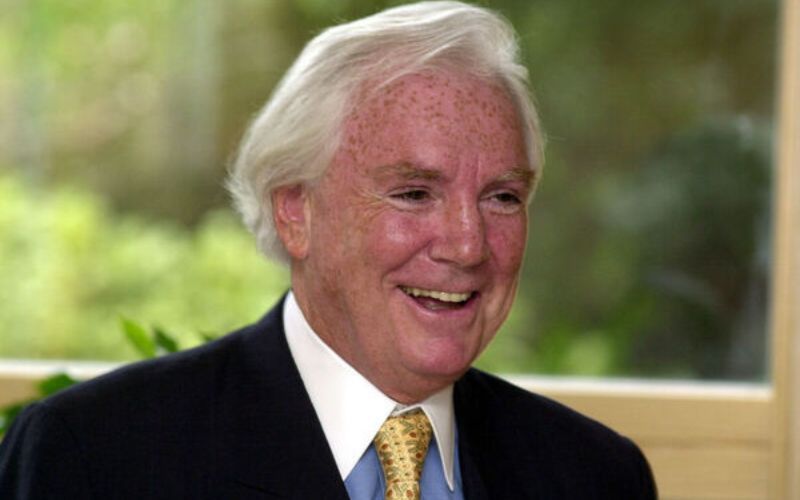
Tony O'Reilly.
Ireland’s most flamboyant businessman, Tony O’Reilly, was instrumental in changing the image of the country from that of a commercial backwater into the "Celtic Tiger" economy of the good times.
A Dubliner, he was fiercely proud of his background and once said: "The Irish in many countries concealed their identities. I got the Irish to be rather proud of the Irish."
His meteoric career, which saw him lay claim to the title of Ireland’s richest man at one point, took him from the head of Heinz to newspaper tycoon, with control of titles in Britain, Australia, South Africa and New Zealand.
The jewel in his business crown was undoubtedly Independent Newspapers. The offices of "the Indo" and "the Sindo" were on Abbey Street in Dublin, where hacks affectionately called their boss "Sir Anto".
As well as a hard-nosed businessman, he also had a flair for marketing – coining the iconic name Kerrygold as a premium brand of butter, rightly known and sold around the world as the best.
But his business achievements aside, O’Reilly was also a rugby great, winning 29 caps for Ireland. His Five Nations career of 15 years, 23 days is the longest on record. His total of 38 tries for the Lions on two tours also remains a record.
Sadly, his career ended in ignominy as he was pursued through the courts for debts which, in spite of the sale of his houses and art collection, he was unable to pay, and he was declared bankrupt in 2015.
His work with the Ireland Funds led to him receiving a knighthood from Queen Elizabeth II in 2001, the first full knighthood to be awarded to an Irish citizen.
Educated at Belvedere College, in Dublin, he studied law at University College Dublin, qualifying first and third in Ireland in the two parts of his final professional exams.
Ian Bailey
Died January 21, aged 66.
Ian Bailey.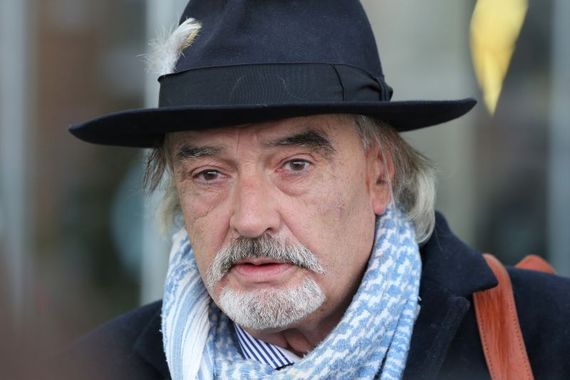
Ian Bailey was the chief suspect in the still-unsolved and horrific killing of Frenchwoman Sophie Toscan du Plantier, who was found brutally beaten to death outside her holiday home near Toormore, in West Cork, two days before Christmas in 1996.
Although he vehemently denied having anything to do with her brutal death – her skull had been crushed by a concrete block leaving her almost unrecognizable – he was arrested twice by gardaí, though the DPP never charged him in Ireland because of a lack of evidence. However, the French authorities did build a case against him. But when three attempts to extradite him failed, the French proceeded with the case in his absence in a high-profile trial in Paris in 2019.
The jury found him guilty and he was convicted. But the High Court in Ireland ruled he could not be extradited. Bailey, died on January 21, of a heart attack outside his home in Bantry. He was living alone having moved out of his former partner Jules Thomas’s home nearby.
His body was later cremated and his ashes were returned to relatives in his native England.
Read more
Mary O'Rourke
Died October 3, aged 87.
Mary O'Rourke.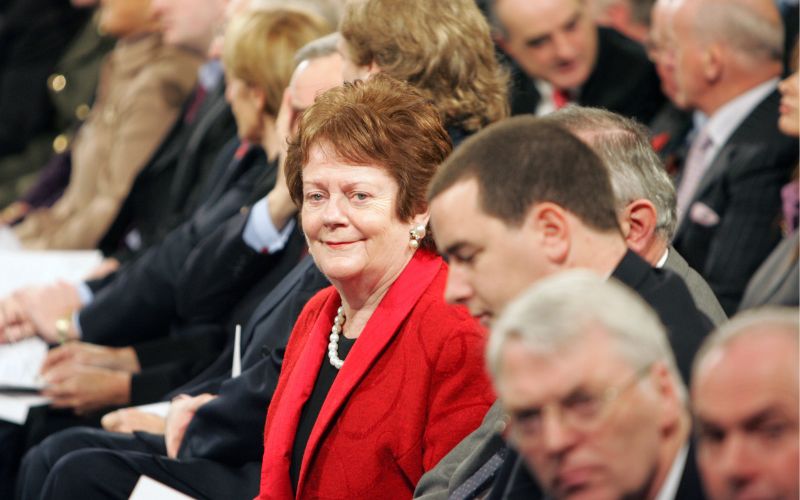
She became an undoubted Fianna Fáil party grandee but her greater claim to fame was as a trailblazer for women in politics.
The former minister – who was affectionately known by those in the party and outside it as ‘Mammy’ – became one of the first women to achieve political stardom, holding senior positions in government and opposition for 30 years and even after stepping off the political stage she became a media pundit and wrote a bestselling memoir.
While she came from a leading political family, O’Rourke carved out a political career on her own merits, serving in several senior ministries, including education and public enterprise, and was deputy leader of Fianna Fáil from 1994 to 2002. She openly relished the cut and thrust of politics, enjoying spats with opponents and banter with the press as well as all that went with internal party manoeuvring.
O’Rourke shared the Longford-Westmeath constituency with her equally ambitious Fianna Fáil colleague, Albert Reynolds, and their intense rivalry regularly spilled into public squabbles
She was never a token woman in what was a male-dominated world but fought her way to the top. Her lively and entertaining personality helped propel her up the political ladder and she made many friends and a few enemies along the way.
Former tánaiste Brian Lenihan was her brother and she was aunt to the late finance minister Brian Lenihan and his brother Conor, a former minister of state.
Charlie Bird
Died March 11, aged 74.
Charlie Bird.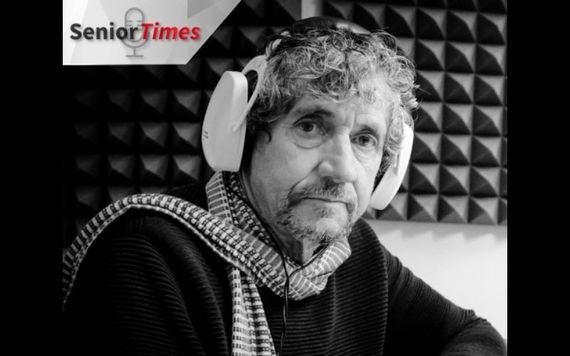
As one of Ireland’s best-known TV journalists, Charlie Bird gained a reputation as RTÉ’s ‘fireman’, the one reporter in a newsroom any editor would look to cover to the biggest – and often most dangerous stories – wherever they might be.
Such was his dedication to his profession that on 9/11 when the planes hit the Twin Towers in New York, he was in Colombia in South America but he rushed to Mexico and then walked over the border to the US in order to get to New York to cover the story. Bird began his career at RTÉ as a writer responding to fan mail for a children’s show, and later became a researcher before starting with RTÉ News in 1980.
Bird broke many major stories while reporting on the peace process and became a trusted point of contact for the IRA which used him to relay its message to the media.
Bird reported on the first Gulf War in 1991 and was in Syria for the release of hostage Brian Keenan in 1990.
In 1998, Bird and his colleague George Lee broke the story about a tax evasion scheme being operated by the National Irish Bank, in which the bank was offering customers looking to avoid tax offshore investment schemes in the Isle of Man. For this, both men were awarded Journalist of the Year.
In October 2021, he announced that he had developed motor neurone disease, after experiencing problems with his voice.
However, his friends and colleagues in RTÉ saw to it that he would not be silenced. A compilation of words from old recordings of him were cut and spliced so Charlie could type out on a laptop what he needed to say. It would then play an audio of him speaking in his own words.
He subsequently announced Climb For Charlie, a campaign in which he and other celebrities would climb Croagh Patrick to raise awareness of motor neuron disease.
John Bruton
Died February 6, aged 76.
John Bruton.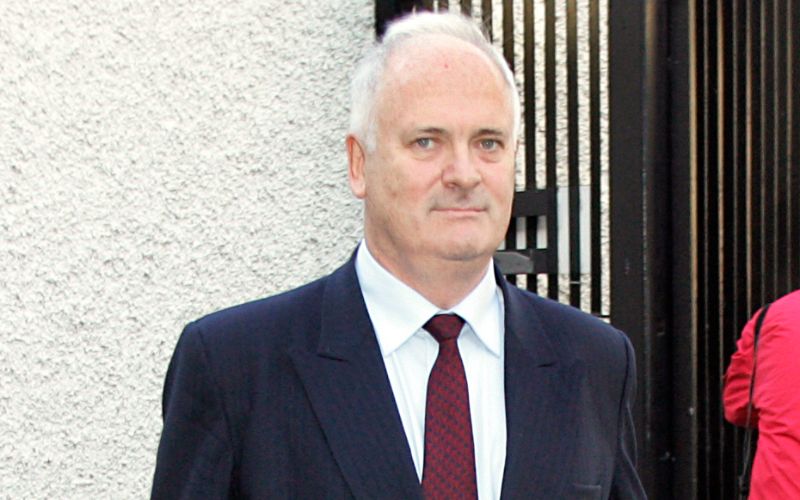
As Taoiseach in the mid-nineties, John Bruton was instrumental in gathering the building blocks alongside Britain’s prime minister John Major that eventually led to the Good Friday Agreement.
Although in power for just three years, he built close Anglo-Irish ties during the final years of the Troubles, work which was described as ‘substantial’.
However, those last building blocks were not always easy to assemble as the text of one telephone conversation revealed that during the crisis over Orange Order marches at Drumcree in July 1996, Major threatened to put the phone down on Bruton.
Their impassioned exchange followed the failure to establish communications between Protestant marchers who wished to parade along the Garvaghy Road in Portadown and local residents opposed to the annual triumphalist procession.
Faced with loyalist riots, the then RUC chief constable, Hugh Annesley, allowed the march to proceed, infuriating Bruton and many others.
On entering office as taoiseach in 1994, Bruton had hung a portrait of his hero John Redmond – the early 20th Century leader of constitutional Irish nationalism – on the wall. He also disapproved of the 1916 Easter Rising and the tradition of a ‘blood sacrifice’ in Irish politics but also kept a portrait of Seán Lemass, who although from Fianna Fáil, he admired for his reforming zeal.
Bruton was also credited with paving the way for the sustained economic growth the State has enjoyed in recent years.
He also secured the passage of a referendum removing the constitutional ban on divorce and in 1995 welcomed the first official of a British royal visit since independence when Prince Charles was guest of honor at a state dinner in Dublin Castle.
Mícheál Ó Muircheartaigh
Died June 25, aged 93.
Mícheál Ó Muircheartaigh.
The legendary commentator was the voice of the GAA who made us all feel part of the action, according to his many fans not only at home in Ireland but among the diaspora across the world who eagerly tuned in to him.
He famously completed in-depth research into each player in a match and would keep his listeners enthralled with nuggets of achievements and unusual facts about a player – and often the past glories of his relatives – as the game ebbed and flowed.
However, it was not until he was 18 that he witnessed his first All-Ireland final in 1948 when Cavan’s footballers beat Mayo.
The following year at Croke Park he took part in a trial for a commentator to broadcast the occasional match in Irish.
Thankfully, the trial was successful, he was offered the job of broadcasting the Railway Cup football final on St Patrick’s Day and the career of one of the greatest ever sports commentators had begun.
To prepare, he sat in with another RTÉ legend Michael O’Hehir in the commentary box at a National League game.
O’Hehir, in his opinion, ‘did more to promote Gaelic games than anybody else and jumped his fences without the encumbrance of an ego on his back’.
It sums up his dedication to his craft, and his research was superb with his commentary often throwing in some Gaeilge before returning to English.
A native of Dingle, Co. Kerry, Ó Muircheartaigh, was one of eight children. In September 1948 he began a teacher-training course at St Patrick’s College, Drumcondra, and qualified in 1950.
He continued teaching in secondary schools around Dublin up until the 1980s when he became a full-time broadcaster with RTÉ.
The last All-Ireland final he commentated on was the 2010 All-Ireland football decider between Cork and Down, won by the Rebels.
Read more
Nell McCafferty
Died August 21, aged 80.
Nell McCafferty.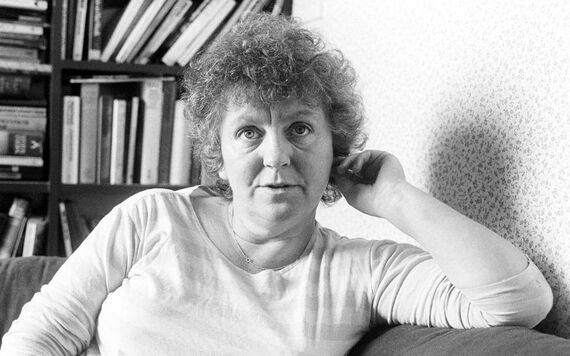
As well as a renowned journalist, Nell McCafferty, was a founding member of the Irish Women’s Liberation Movement, a subject she often wrote at length about and was openly lesbian. However, her infamous 15-year love affair with the writer Nuala Ó Faolain ended with the two ‘unable to be in the same room together’.
Born in Derry, McCafferty took an active role in the Civil Rights movement in the North and was on the tragic march on Bloody Sunday in which British troops opened fire, killing 13 on the day. A 14th victim died later from his injuries.
Her journalism career covered a wide gambit from the Irish Press, the Irish Times, Sunday Tribune, Hot Press and the Village Voice and she was also a playwright.
She won a Jacob’s Award for her reports on the 1990 World Cup. At the end of her life she lived in Ranelagh, Dublin, and published her autobiography, Nell, in 2004.
In it, she explores her upbringing in Derry, her relationship with her parents, her fears about being gay, the joy of finding a domestic haven with Ó Faolain, and the pain of their separation.
She sparked a storm in 2010 during a live radio interview when she made a slur that then-minister for health Mary Harney was an alcoholic. It inevitably led to legal action in which Harney was awarded €450,000 the following year. After the incident, McCafferty rarely featured on live radio or television as a commentator despite being on many TV and radio programs previously. However, she did later appear on pre-recorded shows.
Jon Kenny
Died November 15, aged 67.
Jon Kenny.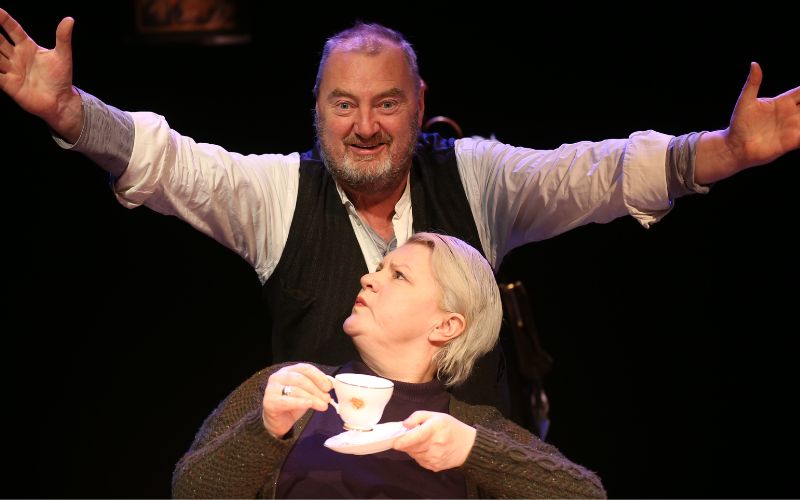
The comic genius – who brought us the D’Unbelievables with comedy partner and friend Pat Shortt – was diagnosed with cancer in 2000 but sadly it returned in 2020.
Although best known for his comedic work, Kenny, was also a gifted actor, and many friends described him as an ‘absolute icon’.
He had a role in the awarding-winning "The Banshees Of Inisherin", where he was a regular in the pub alongside Shortt, although his last acting appearance was in "The Hurler: A Champion’s Tale" last year.
Kenny was also a gifted musician who wrote and performed songs throughout his career.
In a 1996 episode of "Father Te", he carved out a piece of Irish comedy history as Eurovision presenter Fred Rickwood – a hilariously baroque figure who rambled incoherently off-stage yet was a slick professional as soon as he was on camera.
Kenny had dyslexia as a child and left school at 15 to pursue his love of showbusiness and the following year he and some friends formed the glam rock group Gimik.
With Kenny playing bass and singing, they made a bit of a splash, appearing on Shay Healy’s "Hullaballoo" on RTÉ and supporting the Bay City Rollers around Ireland.
But the band were out of step with the emerging punk scene – as they soon discovered. Kenny told Hot Press in 2003: "There were times when we were in places we shouldn’t have been at all, you’d sit down and look out at the audience and say, 'what the f*** are we doing here?' There’s 400 punks at the gig and we are doing glam rock."
* This article was originally published on Extra.ie.
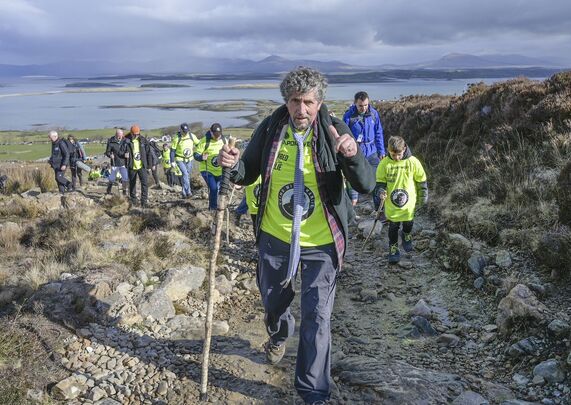
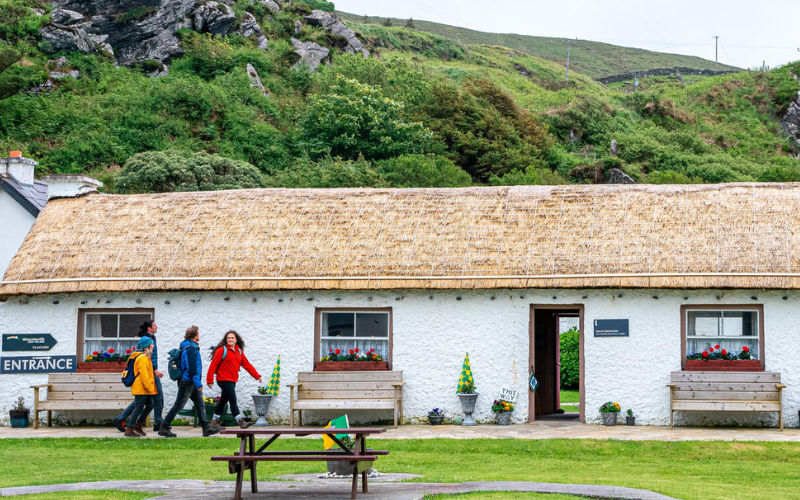
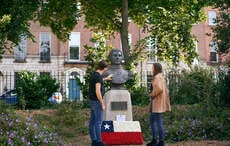
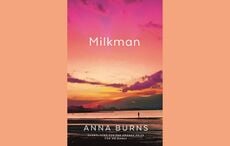
Comments